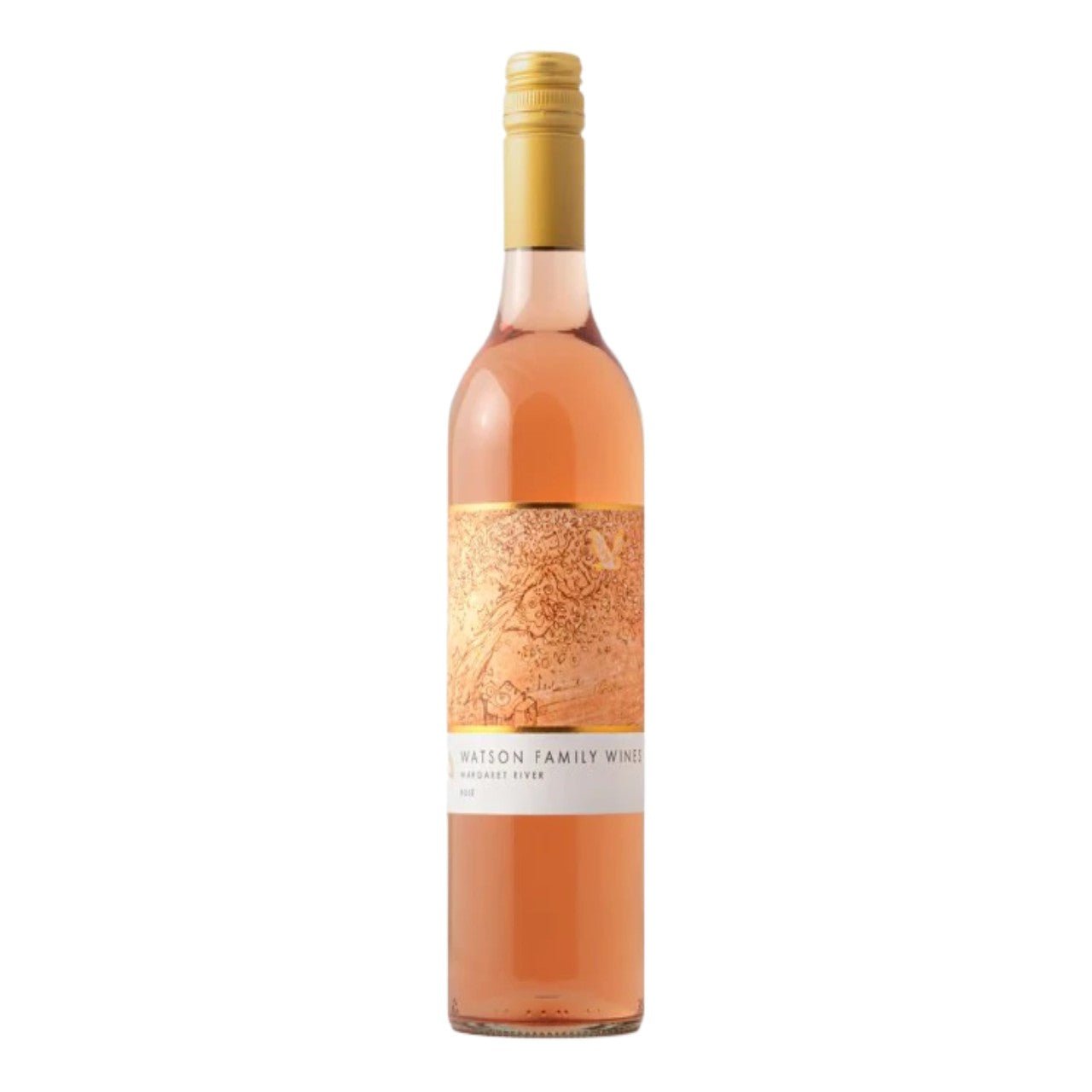Shop
Rosé

PARINGA ESTATE 2023 ROSE

PAXTON 2023 ROSE

ROB DOLAN 2022 ROSE MAGNUM 1.5L

MAHI 2022 MARLBOROUGH ROSE

PAXTON 2021 NOW ROSE

PIZZINI 2024 ROSETTA

Pizzini 2022 Attento

Muga Rosado 2023

Nick O'Leary Rose 750ml

Woodlands Watson Family Rose 2023

Planeta Rose Sicilia 2022

Famiglia Cotarella Falesco 'Tellus' Rose di Syrah Lazio IGT 2022

Cantine Argiolas Serra Lori Rose Isola dei Nuraghi 2021

Domaine Collotte Marsannay Rose 2019

Saint Max Provence Rose 2022

Gros Nore Bandol Rose 2022
Rosé
Rosé wine is a type of wine that is made by leaving the grape skins in contact with the juice for a short period, typically between two and twenty-four hours. This contact gives the wine its pink colour and a light, refreshing taste. Rosé wines can be made from a variety of red grape varieties, including Grenache, Syrah, and Pinot Noir.
Rosé wine is often associated with warm weather and outdoor dining. Its light, fruity flavours make it a perfect complement to lighter foods, such as salads, seafood, and grilled chicken. Rosé wines are also a popular choice for picnics, barbecues, and poolside parties.
There are two main types of Rosé wine: still and sparkling. Still Rosé wines are the most common and are made without any added carbonation. Sparkling Rosé wines, on the other hand, are made using the traditional method or the Charmat method, which add carbonation to the wine.
In terms of colour, Rosé wines can range from pale pink to bright salmon or deep ruby. The wine's colour can be an indication of its flavour profile, with lighter Rosé wines typically having a more delicate flavour, while darker Rosé wines tend to be bolder and more complex.
In conclusion, Rosé wine is a light and refreshing wine that is perfect for warm weather and outdoor dining. With its range of colours and flavours, there is a Rosé wine to suit every taste and occasion.
Rose wine has a long and rich history that dates back thousands of years. The first known production of rose wine can be traced back to ancient Greece, where the wine was made by blending red and white wines together. The Romans continued this practice and introduced it to other parts of Europe.
However, it wasn't until the Middle Ages that rose wine became particularly popular, especially in the Provence region of France. The region's warm climate was perfect for growing the grapes used to produce rose wine, and the wine became a staple of the local cuisine.
In the 18th century, the production of rose wine declined as other wines such as red and white became more popular. However, the wine experienced a resurgence in the 20th century, particularly with the introduction of drier styles of rose wine.
Today, rose wine is produced all over the world, from France and Spain to the United States and Australia. Its popularity has continued to grow, with many wine drinkers enjoying its refreshing and light taste, particularly during the warmer months.
- Choose a bottle of rosé wine: When selecting a bottle of rosé wine, consider the occasion and the food you'll be pairing it with. Dry rosés pair well with savoury dishes, while sweeter rosés complement spicy or fruity dishes.
- Chill the wine: Rosé wine should be served chilled, so place the bottle in the refrigerator for a few hours before serving. If you're short on time, you can also place the bottle in a bucket of ice water for about 20 minutes to cool it down.
- Select the glass: Choose a glass that's appropriate for the type of rosé wine you're serving. A standard wine glass or a tulip-shaped glass will work well for most types of rosé.
- Pour the wine: Pour the wine into the glass, filling it about one-third full. This will allow you to swirl the wine and release its aroma.
- Swirl and smell: Swirl the wine in the glass to release its aroma, then take a deep breath and inhale the fragrance. This will allow you to detect any subtle aromas and appreciate the wine's complexity.
- Sip and savour: Take a small sip and let the wine linger in your mouth for a few seconds before swallowing. This will allow you to taste the wine's flavours and appreciate its finish. Rosé wine often has notes of red fruits, such as strawberries, raspberries, and cherries.
- Pair with food: Rosé wine pairs well with a variety of foods, including seafood, grilled meats, and salads. Experiment with different pairings to find the perfect combination.
Enjoy your glass of rosé!

